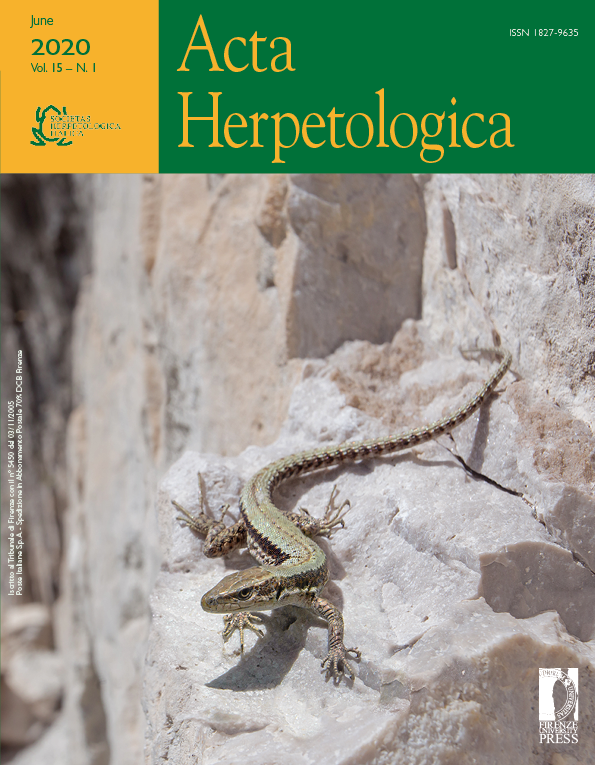Identification of biologically active fractions in the dermal secretions of the genus Bombina (Amphibia: Anura: Bombinatoridae)
Published 2020-05-17
Keywords
- Amphibian skin secretions,
- hemostasis system,
- fractionation
How to Cite
Abstract
Amphibian skin secretions have long been considered a convenient and useful natural source of bioactive compounds, but a comprehensive study of the effects of their dermal secretions on diverse parameters of the hemostasis system has not yet been carried out. This study aimed at identifying biologically active fractions in the skin secretions of B. bombina, B. variegata, and their hybrid – B.bombina × B.variegata, and to clarify whether their components can modify certain parameters of the hemostasis system. For the skin secretion analysis, we performed ion-exchange chromatography, electrophoresis, and zymography assays. Plasma coagulation tests, chromogenic assays, and platelet aggregation assays were also conducted in vitro. As a result of the fractionation, a number of fractions were identified, where the proteins with miscellaneous molecular weights were revealed. The data also suggested that some fractions have proteolytic enzymes with gelatinolytic, fibrinogenolytic and collagenolytic activities. The proteins present in the fraction #5 of B. variegata and #5 of the hybrid secretions are characterized by the ability to prolong the clotting plug formation in the aPTT. Proteins capable of inducing platelet aggregation in the rabbit PRP are present in the fraction #3 of B. variegata secretions. The ability of dermal components to activate plasma proenzymes is indicative of the fact that the non-protein components of fraction #9 of B. variegata and fraction #7 of hybrid secretions initiated the appearance of thrombin and activated protein C in plasma.






